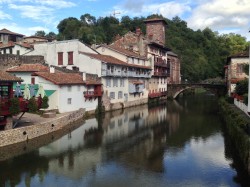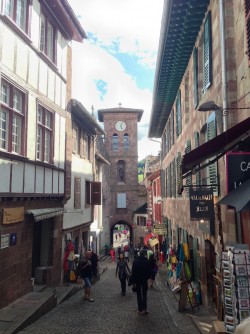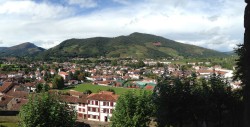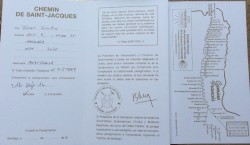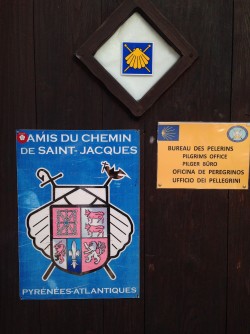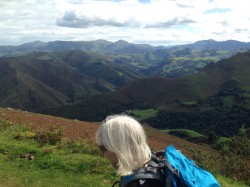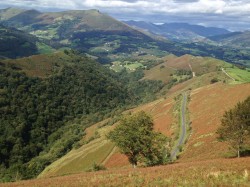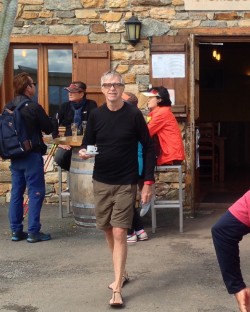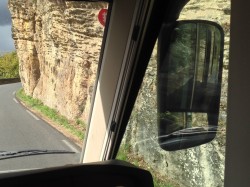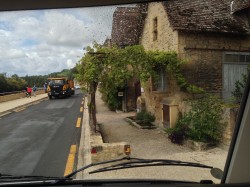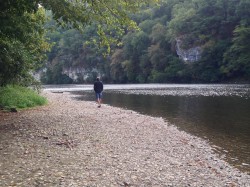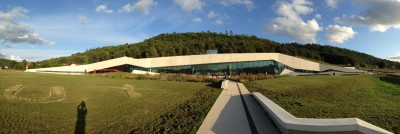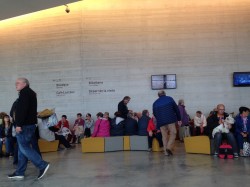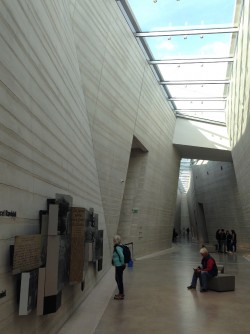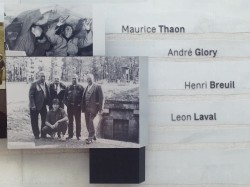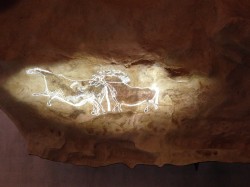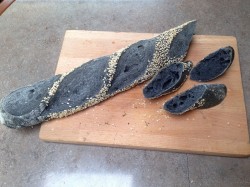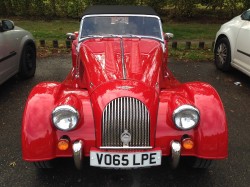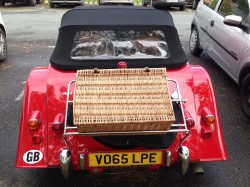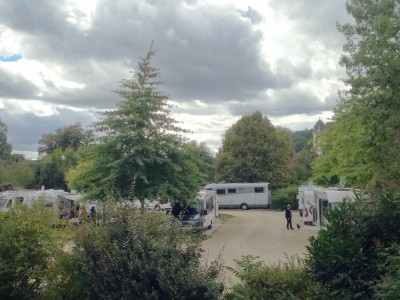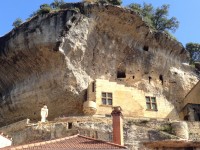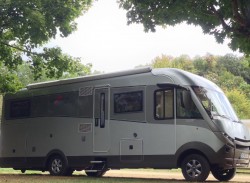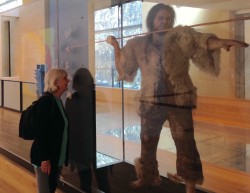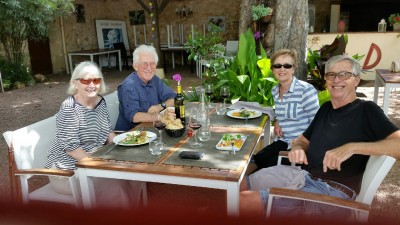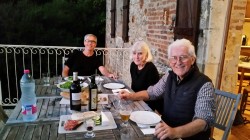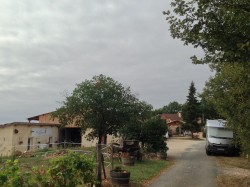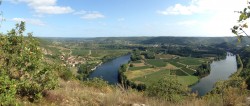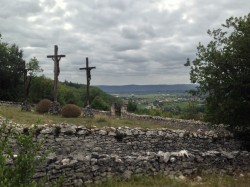Travel Journal, 2017 July to September
Grotto de Rouffinac, Montignac, Lascaux: cave art from prehistory
We left Les Eyzies early on the morning of the 10th to ensure a place on the tour of the Grotte de Rouffignac. Although tours are only available in French we jumped on the little electrically driven carriage that headed about one kilometre into the grotto. The guide's torch picked out drawings and engravings of animals by prehistoric man. Although we only picked up some of the French language descriptions, it was well worth taking the motorhome down the tight winding road to get there. Click here for the history of Rouffinac, discovered hundreds of years ago.
On then to Montignac (see the note below about aires) where we stayed for three days; longer than planned partly because of the difficulty in booking an English language tour of Lascaux IV. However, Montignac has a good market on Wednesdays, and this enabled us to stay for that.
Click on the Wikipedia entry for Lascaux for the story of its discovery in 1940, and see the Guardian article about the current exhibition, Lascaux IV. Again, like Rouffignac, there was no photography allowed, even in the replica cave, although we could take photos elsewhere; see below. If anyone is planning a visit, best to check which days tours in English take place and book well in advance. They've outdone themselves with this attraction; see the photo below of people waiting for the tours that depart every few minutes.
Aires de camping cars
Effectively these are motorhome overnight parking and service areas. France has thousands of them, more than any other European country. You're allowed to park there for anything from 24 hours to no limit. The key word is "park", not camp, as putting out the usual camping kit, chairs, tables, awnings etc turns parking into camping, which is specifically forbidden. Many aires are free, some just charging for electricity or fresh water, others a nominal €5 or so.
By and large, there is - in stark contrast to the UK - a very relaxed acceptance of motorhomes ("camping cars") in France, not just through councils providing serviced aires, but in overnight stays in unofficial places such as retail or supermarket parking lots. In return, European motorhomers generally take care not to abuse these facilities.
Prehistory lessons
We headed north back to the Vézère Valley to take in a bit of prehistory at Les Eyzies de Tayac. It's home to the National Museum of Prehistory and the Pôle International de la Prehistoire, both of which we visited and both of which were good value (the latter being free).
Motorhome accommodation was quite plentiful and pleasant. We were only a few yards from the river in the shot below, and stayed two nights, leaving early today. It didn't trouble the budget; €5 per night!
French farmhouse
It's seven or so years since we last caught up with good friends Anne and Greg, whom we first met as next door neighbours (bar one) in Primula Street Lindfield in the '80s. They have a friend's little hideaway farm in a remote part of the Lot Valley in south-west France. Whenever they visit Europe, mainly for Greg's medical meetings, they always grab a few days there to wind down.
We were honoured and delighted to share this four day break with them and participate in their French farm "paradigm"; off to the local boulangerie first thing for baguettes, home for breakfast, maybe take in a local market, then
off to a local restaurant for lunch, followed by a walk of 10 kms or so in the delightful surrounds of the Lot Valley. Then, to finish each day, a light supper accompanied by a selection of the best local Cahors Malbec reds. Some
paradigm!
Over their many visits here it seems Greg and Anne have got to know every restaurant and every walk for miles around, so we were able to eat and walk in some of the very best locations that south-west France has to offer. See below for more shots of the week, which wrapped up today.


